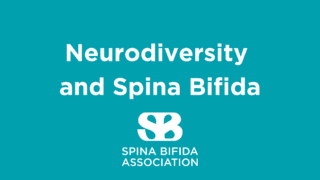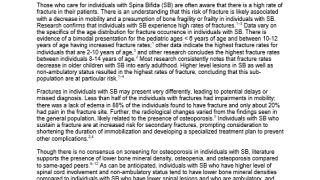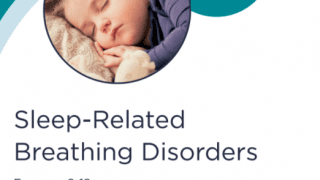The preparation of a person with Spina Bifida for transition into adult life and the responsibilities of adulthood are multi-faceted and lifelong.
We believe that the transition process begins in infancy and continues throughout childhood and adolescence in order to develop the knowledge and skills needed for maximum independence.
The resources on this page are intended to support this process for parents and health care professionals.
Transition to Adult Care
Transition is the process of moving from child-centered health care to adult-centered health care. It can be a time of great change, as the young adult often moves from their life-long pediatric health care providers to adult providers. It will take work to find a clinician to provide care. Please visit our clinic and provider list to locate a provider near you. If there is not a Spina Bifida specialist near you, please share the Guidelines for the Care of People with Spina Bifida with your primary care physician and any specialists you may see. Contact the National Resource Center if you need additional information.
Teens with Spina Bifida and their families should begin planning for life after high school. This includes:
- Looking for doctors that treat adults with SB.
- Deciding if the person affected by spina bifida will live outside of his or her parents’ home.
- Choosing work.
- Exploring college or vocational school opportunities.
- Being volunteers in the community.
- Having healthy relationships
Planning early can help make the years ahead easier.
Resources for Transition from Pediatric to Adult Care
These resources will help you during transition
- Pediatric Spina Bifida Clinic Transition Discharge Form (English and Spanish)
- Guidelines for Transition
- Find a Spina Bifida Clinic
- GOT TRANSITION® Resources for Clinicians, Youth/Young Adults, and Parents/Caregivers (English and Spanish)
- CDC - Living well with Spina Bifida: Young Adults (English and Spanish)
Additional Resources for Transition
I’m interested in resources related to:




